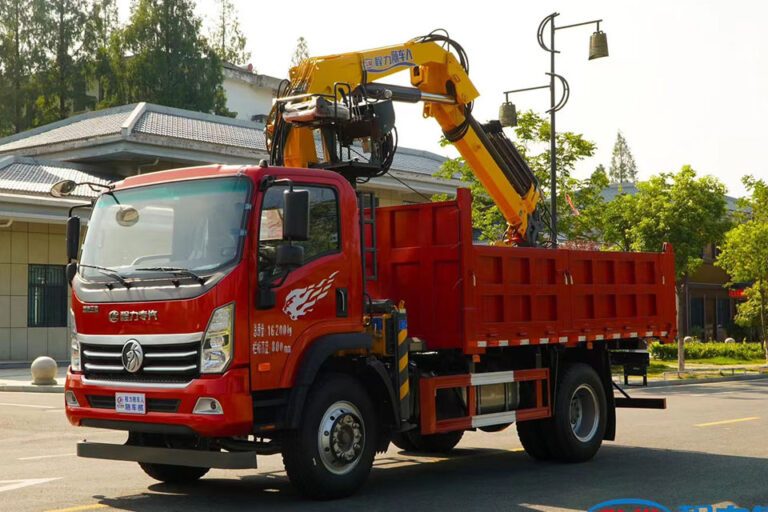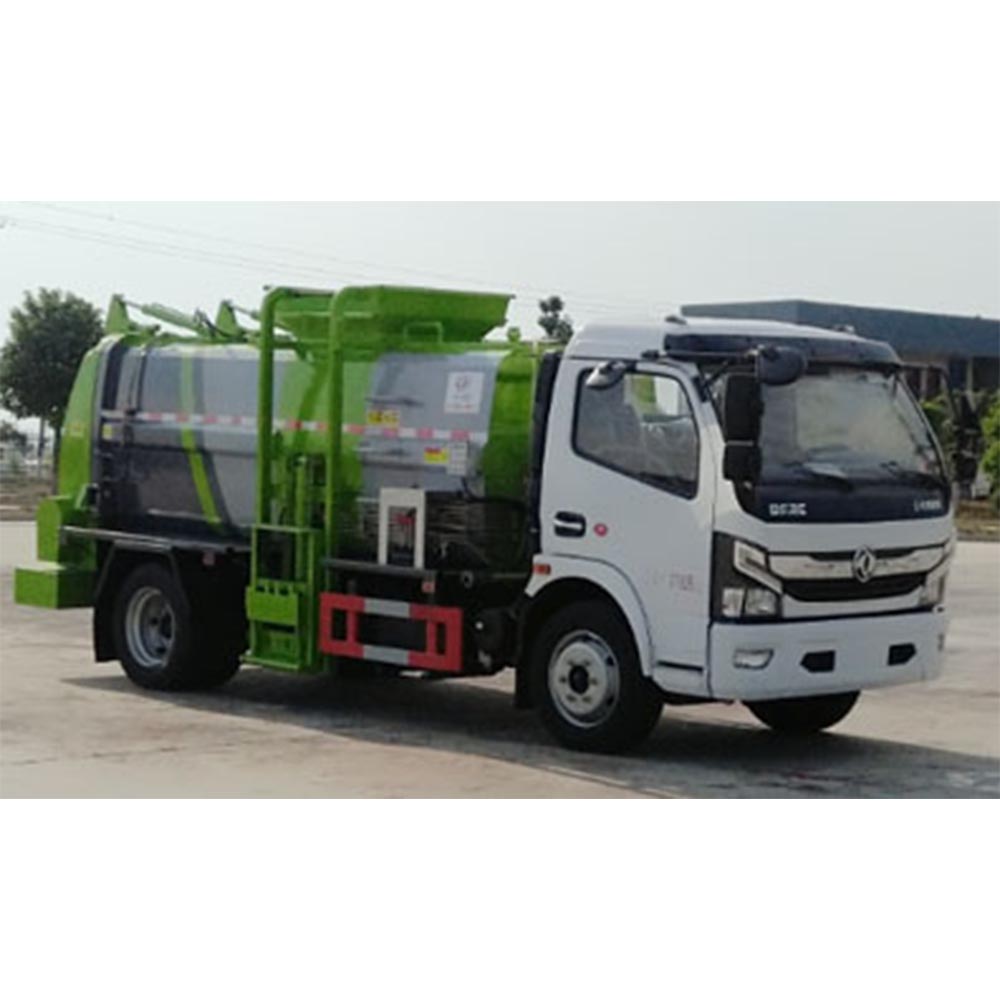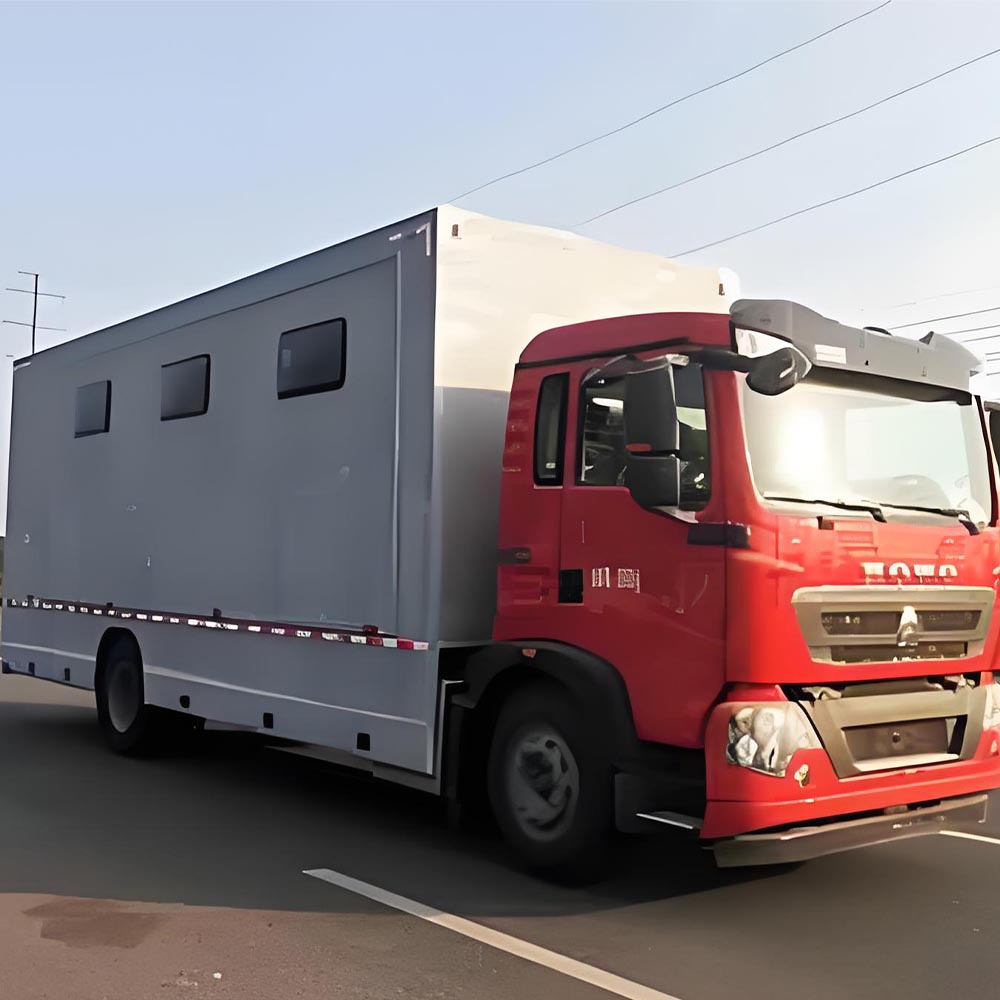-
Chengli Automobile Industry Park

What is the difference between an EMS (emergency medical services) vehicle and a regular ambulance?
EMS Vehicle vs Regular Ambulance: What’s the Big Difference?
Have you ever seen a big truck with lights rush by? Some are EMS vehicles. Some are regular ambulances. They look alike but do different jobs. Let’s see how they are not the same!
Table of Contents
Quick Look: EMS vs Regular Ambulance
EMS means Emergency Medical Services. These trucks help people who are very sick or hurt right now.
Regular ambulances move people who need help but are not in big danger.
Let’s see what makes them different:
EMS vs. Regular Ambulance: Key Differences
Cost Savings with Mobile Integrated Health (MIH)
EMS vehicles using Mobile Integrated Healthcare (MIH) show significant cost savings.
MIH can save between $163,000 and $180,000 per 1,000 calls.
Crash Statistics
EMS vehicles are more likely to crash during emergency responses with lights and sirens (78% of crashes).
Regular Ambulances have more T-bone crashes (45%) at intersections.
Survival and Response Times
For every 5 minute delay in EMS response, mortality risk increases by 8%.
Immediate EMS response significantly improves survival at crash scenes.
Data Recording and Staff Injuries
EMS has better digital records: 92% vs. 67% for regular ambulances.
EMS staff face a 41% higher risk of work-related injuries.
Call Volume & Life Saving
EMS handles 4.7 million car crash calls yearly. This is more complex/severe than regular ambulance calls. ]
Defibrillators are used 57% more often by EMS, with 39% higher survival rates.
Cost Difference
EMS costs more money to run. A study shows EMS vehicles save $163,000 to $180,000 per 1,000 calls when they use a new way called Mobile Integrated Health care.
Who Works Inside
- EMS trucks: Have people with more school training
- Regular ambulances: Have helpers with basic training
What They Do Best
- EMS: Fix big problems fast at the spot
- Regular ambulance: Take people to doctors
Key Facts About EMS and Ambulances
Let’s look at some numbers that show why these trucks are not the same:
| What We Check | EMS Vehicle | Regular Ambulance |
|---|---|---|
| Cost per 1,000 calls | Saves $163,000-$180,000 with new methods | Costs more for basic trips |
| When crashes happen | 78% during emergency runs with lights and sounds on | More T-bone crashes at street corners (45%) |
| Death risk if late | Every 5 minutes late = 8% more chance of dying | Takes 23% longer to make sick people stable |
| Computer records | 92% of jobs have full digital notes | Only 67% have full digital notes |
| Staff getting hurt | 41% more likely to get hurt at work | Fewer staff injuries |
| Calls per year | Handles 4.7 million car crash calls (3x more hard cases) | Handles more simple trips |
| Saving lives | Heart shock tools used 57% more, saves 39% more lives | Fewer life-saving tools |
How Are They Built Different?
EMS Vehicles
EMS trucks have more tools inside. They are like little hospitals on wheels! They can:
- Give special drugs
- Help people breathe
- Fix broken bones
- Stop big bleeding
- Check heart beats with big machines
These trucks look like Emergency Medical Support Vehicles but have even more stuff inside.
Regular Ambulances
Regular ambulances are more simple. They have:
- Basic first aid kits
- Oxygen tanks
- Simple heart check tools
- Stretchers to carry people
They look like the Battery-Powered Ambulance Trucks but may not have all the fancy tools.
When Do You Need Each One?
Call EMS When:
- Someone can’t breathe
- Big bleeding won’t stop
- Heart attack signs
- Bad car crash
- Person not waking up
- Very bad burns
Call Regular Ambulance When:
- Going to doctor visits
- Moving between hospitals
- Need help getting in/out of places
- Not in danger but can’t drive
Who Works on These Vehicles?
The people who work in these trucks have different training:
EMS Teams
- Paramedics: 1,200+ hours of school
- Can give shots and drugs
- Can put tubes in to help breathing
- Can read heart tests
Regular Ambulance Teams
- EMTs: About 120 hours of school
- Can give basic help
- Know first aid
- Can move people safely
Safety and Crashes
Both types of trucks can crash. But they crash in different ways:
- EMS vehicles: Most crashes (78%) happen when using lights and sirens
- Regular ambulances: Most hurt workers in T-bone crashes at intersections
How Fast Do They Come?
Speed matters! EMS vehicles try to come very fast when you’re in big trouble.
- Every 5 minutes an EMS is late, the chance of dying goes up 8%
- Getting to a crash fast helps save lives
Who Pays For The Ride?
Rides in these trucks cost money:
- EMS: More costly because of all the tools and special helpers
- Regular ambulance: Less costly for simple trips
Insurance often helps pay, but you might still need to pay some money yourself.
Why We Track This Data
The National EMS Information System (NEMSIS) keeps track of all EMS calls. This helps make things better for sick and hurt people.
There’s even a special dashboard that shows where EMS trucks go for car crashes all over America.
Special Case: When Minutes Matter
Let me tell you a story:
Tom had a car crash. His car flipped over. An EMS truck came in 8 minutes. The helpers put a special neck brace on him, gave him medicine for pain, and took him to a trauma center. The fast response saved his life!
When you need help fast, EMS vehicles make a big difference.
Is One Better Than The Other?
Not really! Both types help people, just in different ways:
- EMS: Best for big emergencies
- Regular ambulance: Best for planned trips
It’s like having different tools in a toolbox. You pick the right one for the job!
Learn More About Emergency Vehicles
Want to learn about other trucks that help people? Check out these special vehicles:
- Mobile Medical Support Vehicle – Big ambulances for special needs
- Mobile Medical Checkup Vehicle – Trucks that bring doctors to you
- Emergency Medical Transport – How EMS trucks help in big emergencies
The Big Picture
EMS vehicles and regular ambulances both help people. The main things to remember:
- EMS is for very sick or hurt people who need help right now
- Regular ambulances help move people who aren’t in big danger
- EMS has more tools and special helpers
- Regular ambulances cost less but can’t fix big problems
Next time you see a truck with flashing lights, you’ll know if it’s an EMS or a regular ambulance!
Quick Questions
Q: Can a regular ambulance help in a big emergency?
A: Yes, but an EMS vehicle has more tools and special helpers.
Q: Why do EMS vehicles cost more?
A: They have more special tools and helpers with more school training.
Q: How do I know which one to call?
A: Call 911, and they will send the right help for your problem.









